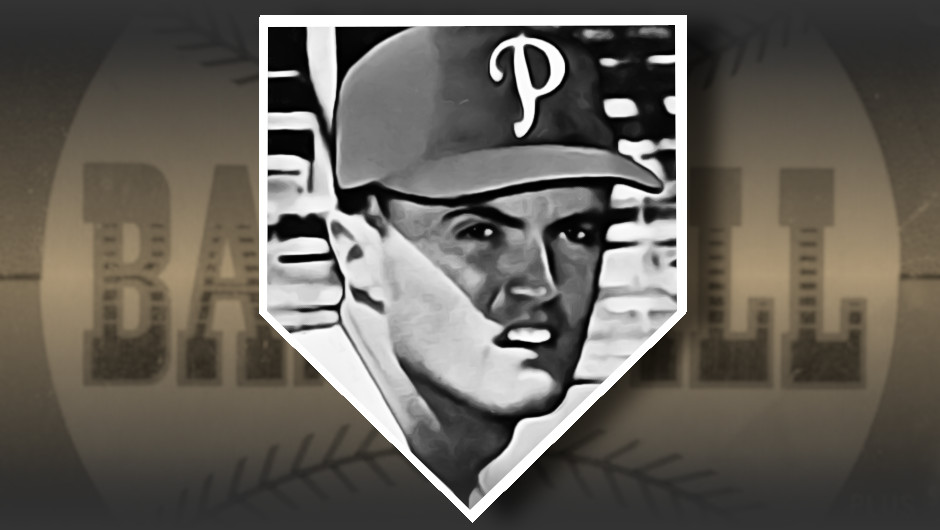Con Dempsey was a strikeout artist, shutting down batters across the highly competitive Pacific Coast League after WW2. He led the PCL in strikeouts for two seasons with a tricky sidearm delivery. His success caught the attention of the Pittsburgh Pirates in 1950 and the team picked up his contract for the upcoming 1951 season.
Branch Rickey liked the statistical reports he received on his new pitcher, but insisted that the sidearm delivery be changed to a more conventional overhand release. Dempsey made the change and was subsequently shelled in 7 innings across 3 appearances. Opponents batted .379 during this span, effectively making it seem as if Dempsey was facing Ted Williams in each at-bat.
Dempsey’s PCL performance showed promise and his unconventional delivery was likely a component of that success. Changing the motion of an obviously very capable pitcher is a mistake, one that confuses outcomes (strikeouts) with process (timing and delivery). The suggestion was likely made because he didn’t fit the mold of what observers thought a pitcher should look like. It would be 50 years before the sport would begin to seek out players with idiosyncrasies that boosted performance. Dempsey would have been right at home in the MLB clubs of the early 2000s.

The Pitcher with the Fewest Innings of Any Appearing in ’52 Topps

Like a handful of other players in the set, Dempsey’s 1952 Topps rookie card arrived after his Major League career was finished. Although he played each of his MLB games with the Pittsburgh Pirates, Dempsey is portrayed as a member of the Philadelphia Phillies. The Phillies had drafted him after the Pirates gave up, but Philadelphia and its new pitcher didn’t see eye to eye. Dempsey never suited up, sitting out the entire 1952 season and returning to the PCL for a final year in 1953. Topps’ designers got around this inconvenient fact by painting a Philadelphia uniform onto one of his earlier PCL Seals press photos.









